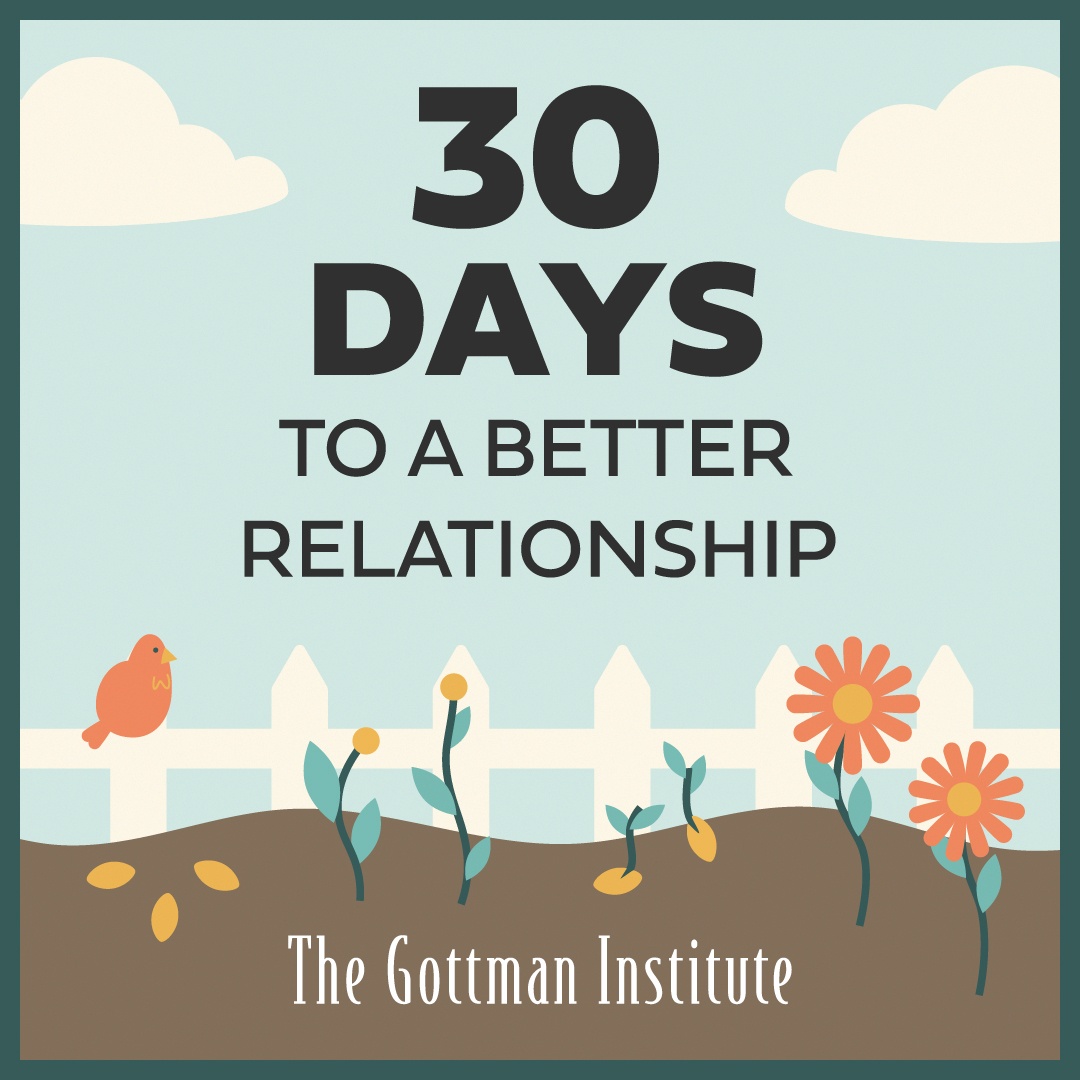When I was a child, I loved coloring. I was not necessarily great at it, but I always managed to stay inside the lines. This skill was unspeakably rewarding, the celebrated ability to stay within the lines. It wasn’t like it was demanded, it was simply expected. If you were to show someone your coloring, the first thing they will notice is how well you colored inside the lines.
This similarly is how certain boundaries are drawn from a societal vantage point, as it pertains to accessing available resources here in our great country. We are expected to stay in line based upon the invisible separations society has painted racially, academically, geographically, and economically. These lines or boundaries which have been drawn systematically, whether because of culture, ethnicity, economics, or social constructs are a means of doing just that, of “staying inside of the lines.”
We are creatures of behavior and we base the idea of access on behaviors that are deemed socially acceptable. Inherently, this identifies how one can gain access and can be determined sometimes before they even leave their own homes. Our own families can limit or even dictate where we think we can go or what we think we can do. This suggests how families can limit your access to resources and the act of coloring outside a boundary line, like counseling, can be no different.
I come from an environment that almost forbids the idea of counseling. You were not supposed to give someone access to your inner thoughts because that was definitely outside of the lines. Counseling was for “crazy people.” These beliefs were taught both directly and indirectly. I can remember being a child growing up in my household, whenever I did anything that was considered “crazy,” I would be admonished for such behavior and reminded that if I continued to “act out,” I was headed directly for the “crazy house” and told that the “people in white would arrive to strap me up and take me away.”
This was a shared misnomer growing up in parts of my culture. Now, there were a variety of actions deemed “crazy,” but what always stood out was you didn’t let people put their nose in your business. Of course, those were the lines that were drawn, and they were drawn out of an appropriated need for safety because the matriarch of our family had rarely seen anything good come from the “likes” of counseling.
For example, a qualitative study quoted in Psychology Today found that “among Blacks who were already mental health consumers, over a third felt that mild depression or anxiety would be considered “crazy” in their social circles. Talking about problems with an outsider (i.e., therapist) may be viewed as airing one’s “dirty laundry,” and even more telling is the fact that over a quarter of those consumers felt that discussions about mental illness would not be appropriate even among family.” This was quantified by the fact that many African Americans had heard stories of family members who had told terrifying tales of their experiences with a court-appointed counselor.
Fast forward, full steam ahead, and I am now a grown woman with a child and a husband of my own, and we are entering the infamous first year of marriage. With the problems that were arising in our relationship, it became obvious that we should get some type of counseling. However, considering my upbringing, this is no easy feat considering that counseling had been strictly forbidden and thought to be almost taboo, unless it was done at church.
Pastors were thought to be endowed with a gift to “counsel” and they were allowed to simply “discern from the spirit” (because of either their infinite wisdom, number of years married, sanction from the church, or a 7-step workshop on the joys of marriage) what was wrong with your marriage, and from what biblical perspective the problem could be.
However, I am in no way condemning or doubting what some have found to be a great experience. I am merely stating that this is the direction that people from my background have taken, typically, when it comes to marriage counseling. Many of them believe that psychology was created by white men, for white men; African Americans tend to “view the typical psychologist as an older, white male, who would be insensitive to the social and economic realities of their lives.”
So, imagine my marriage issues mounting and becoming more severe by the moment while trying to sit in a pastor’s office to salvage my relationship. Because my family and friends had decided that it wasn’t appropriate to step outside of my comfort zone, to do what wasn’t normally done or, in other words, to “color outside the lines.” That said, I had to mentally contest the idea that seeking outside help would actually help and not hinder us.
I had to go against all of the teachings that forewarned me as a child and, honestly, it was so hard yet so fulfilling at the same time. It was so exhilarating to step out the boundaries of fear and privilege. And by privilege, I also mean the act of allowing someone else the “privilege” to decide how I should act, react, or behave. It allowed for a new and artistic expression of coloring, to break the mold that enables someone to decide what seeking help should and can look like, despite culture, ethnicity, economics, or social constructs.
Seeking meaningful treatment painted not only a beautiful picture for me, but helped me discover that sometimes there is so much beauty in coloring outside the lines.








